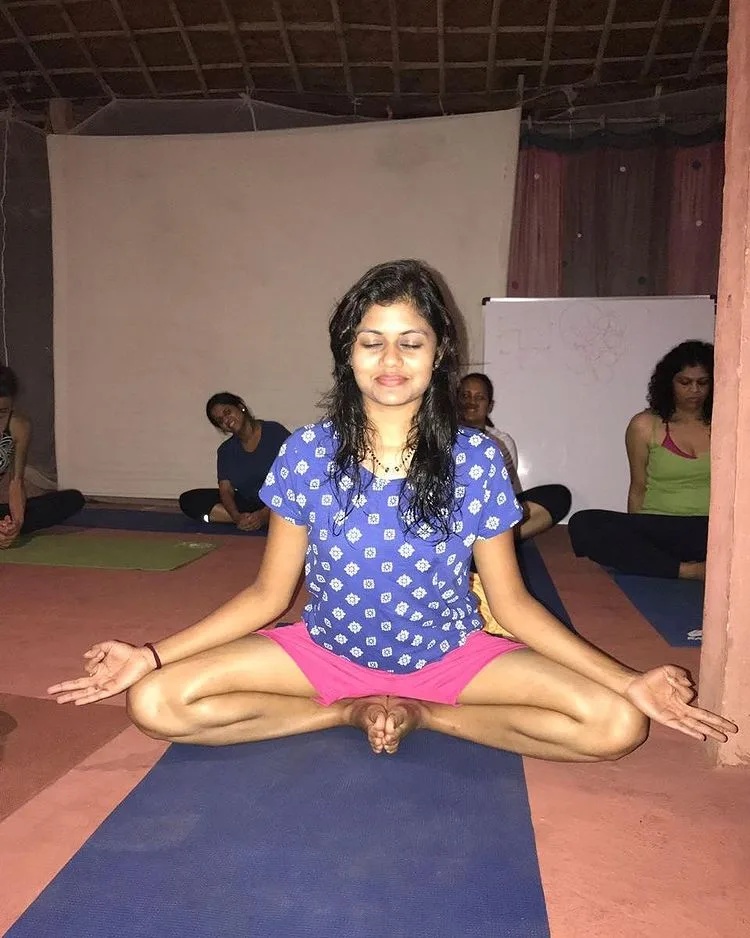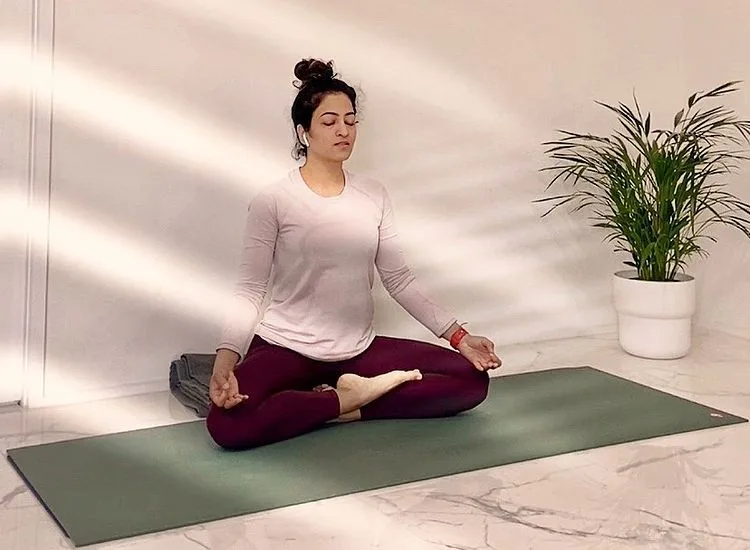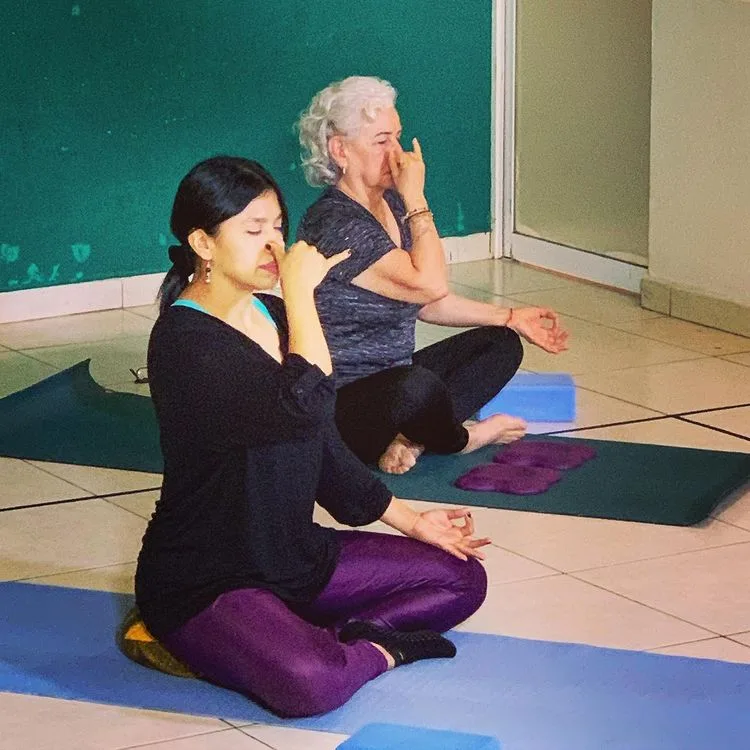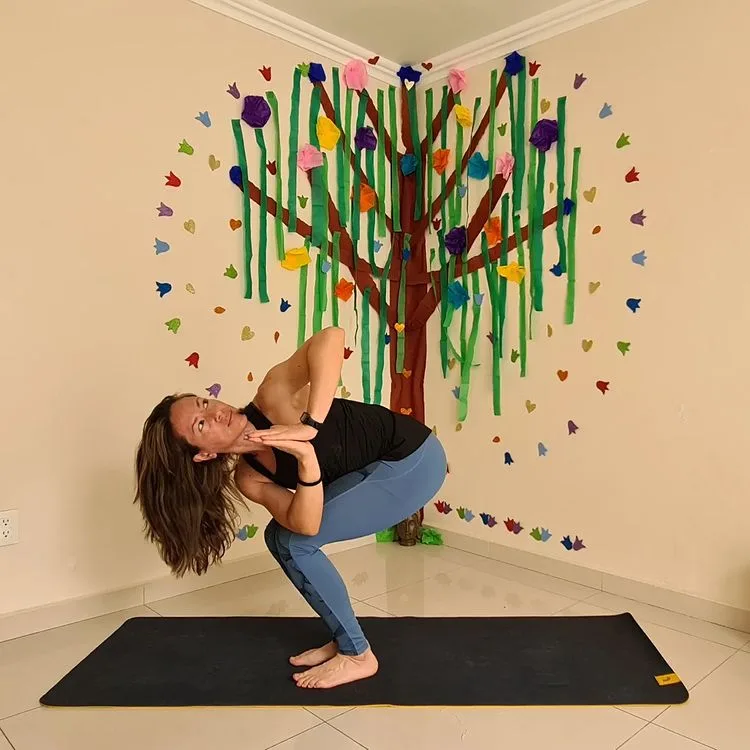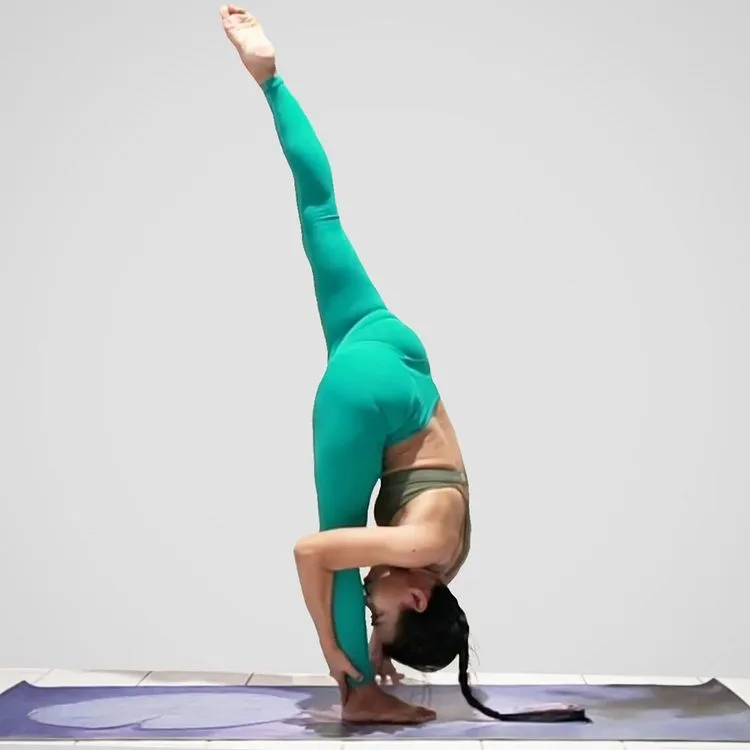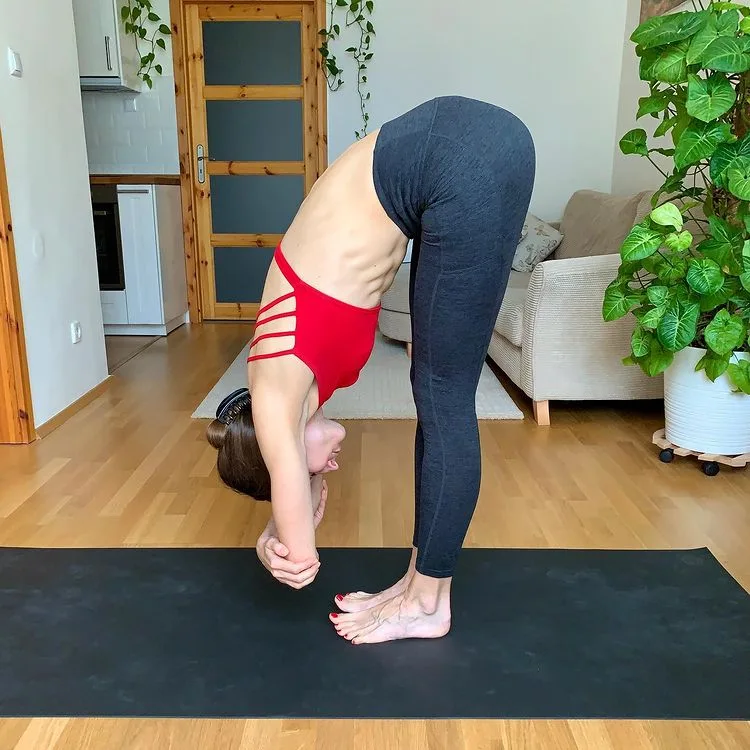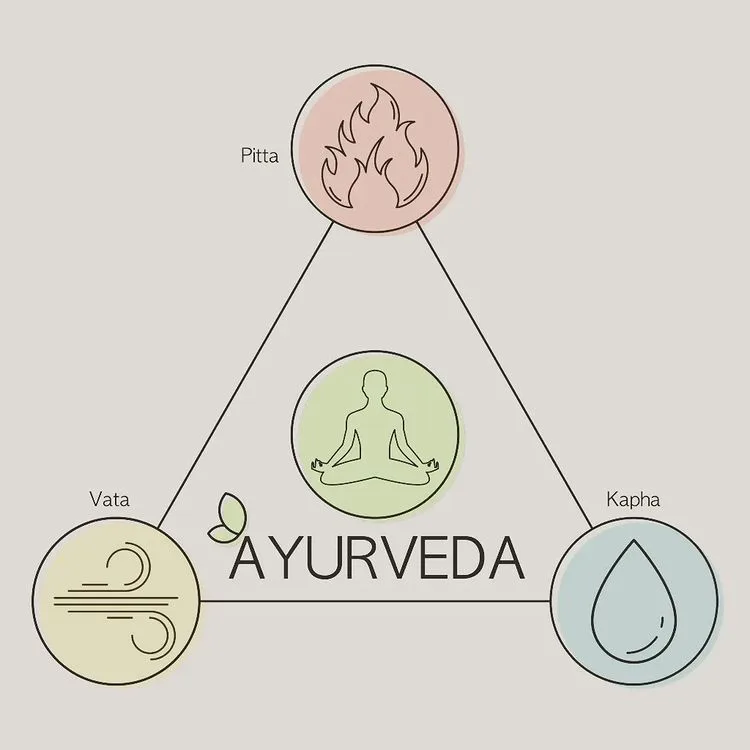Chores: Easy Home Routines to Keep You Fit and Healthy
Whether you like it or not, household chores are an essential part of everyday life, ensuring that your houses continue to move efficiently, and that your living environment should be organized and clean, so that good overall health and safety can get a boost. ADVERTISEMENT CONTINUE READING BELOW Home is where the heart is, and […]
Chores: Easy Home Routines to Keep You Fit and Healthy Read More »



